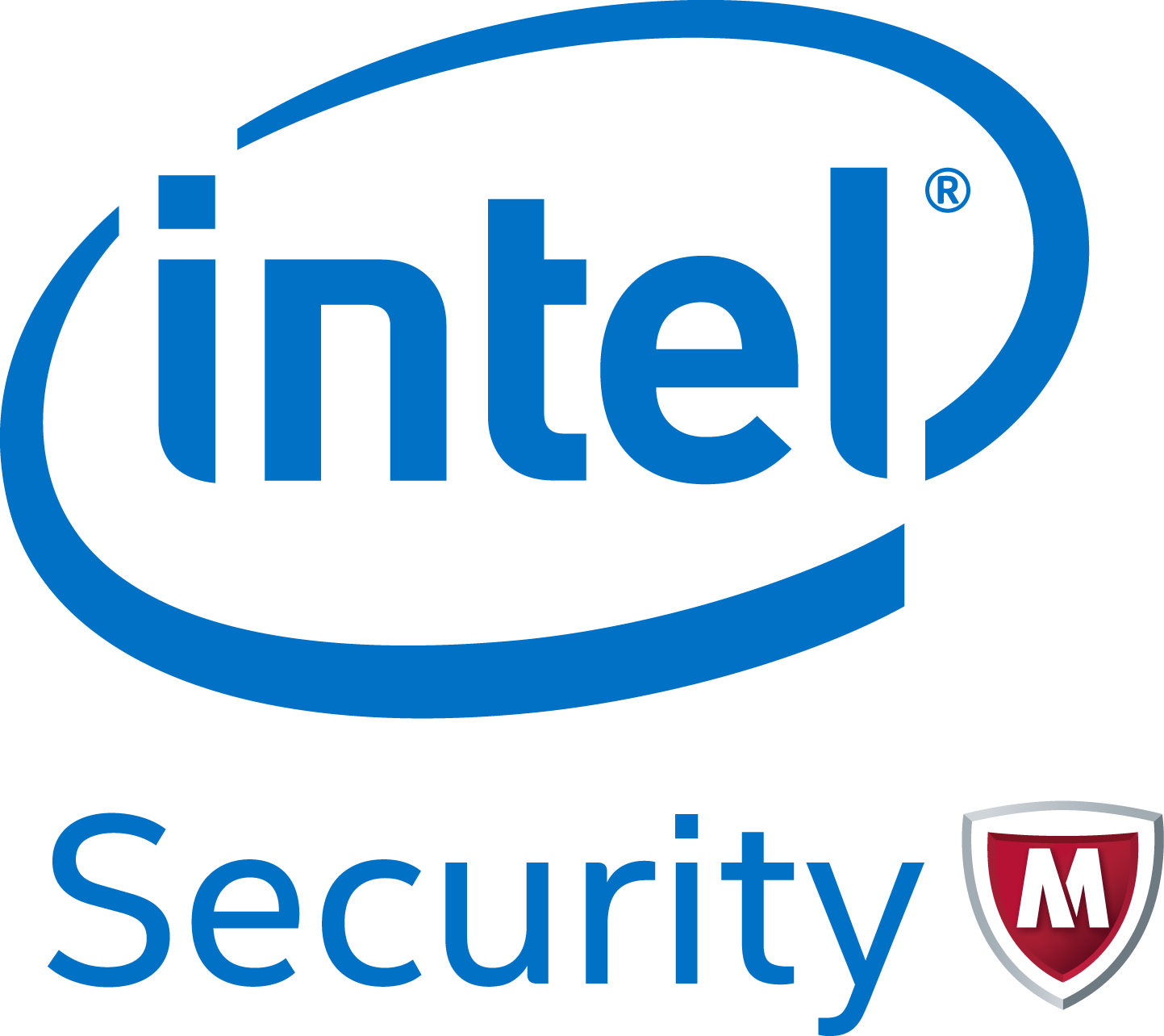Report provides five-year threat retrospective, GPU malware assessment, and techniques for exfiltrating data from corporate networks; ransomware rises 127% from Q2 2014 to Q2 2015
Intel® Security today released its McAfee Labs Threats Report: August 2015, which includes a critique of graphics processing unit (GPU) malware claims, an investigation of the top cybercriminal exfiltration techniques, and a five-year retrospective on the evolution of the threat landscape since Intel Corporation’s announcement of the McAfee acquisition.
McAfee Labs commemorates the five-year anniversary of the Intel-McAfee union by comparing what researchers thought would happen beginning in 2010 with what actually happened in the realm of hardware and software security threats. Key researchers and executives reviewed our predictions on the security capabilities of silicon, the challenges of emerging hard-to-detect attacks, and our 2010 expectations for new device types versus the reality of the marketplace.
The five-year threat landscape analysis suggests:
- Intel Security foresaw threats targeting hardware and firmware components and threatening runtime integrity.
- Increasingly evasive malware and long-running attacks did not surprise us but some of the specific tactics and techniques were unimagined five years ago.
- Although the volume of mobile devices has increased even faster than we expected, serious broad-based attacks on those devices has grown much more slowly than we thought.
- We are seeing just the beginnings of attacks and breaches against IoT devices.
- Cloud adoption has changed the nature of some attacks, as devices are attacked not for the small amount of data that they store, but as a path to where the important data resides.
- Cybercrime has grown into a full-fledged industry with suppliers, markets, service providers, financing, trading systems, and a proliferation of business models.
- Businesses and consumers still do not pay sufficient attention to updates, patches, password security, security alerts, default configurations, and other easy but critical ways to secure cyber and physical assets.
- The discovery and exploitation of core Internet vulnerabilities has demonstrated how some foundational technologies are underfunded and understaffed.
- There is growing, positive collaboration between the security industry, academia, law enforcement, and governments to take down cybercriminal operations.
“We were impressed by the degree to which three key factors – expanding attack surfaces, the industrialization of hacking, and the complexity and fragmentation of the IT security market – accelerated the evolution of threats, and size and frequency of attacks,” said Vincent Weafer, senior vice president, Intel Security’s McAfee Labs. “To keep pace with such momentum, the cybersecurity community must continue to improve threat intelligence sharing, recruit more security professionals, accelerate security technology innovation, and continue to engage governments so they can fulfill their role to protect citizens in cyberspace.”
The August report also probes into the details of three proofs-of-concept (PoC) for malware exploiting GPUs in attacks. While nearly all of today’s malware is designed to run from main system memory on the central processing unit (CPU), these PoCs leverage the efficiencies of these specialized hardware components designed to accelerate the creation of images for output to a display. The scenarios suggest hackers will attempt to leverage GPUs for their raw processing power, using them to evade traditional malware defences by running code and storing data where traditional defences do not normally watch for malicious code.
Reviewing the PoCs, Intel Security agrees that moving portions of malicious code off of the CPU and host memory reduces the detection surface for host-based defences. However, researchers argue that, at a minimum, trace elements of malicious activity remain in memory or CPUs, allowing endpoint security products to detect and remediate threats.
McAfee Labs also details techniques cybercriminals use to exfiltrate a wide variety of information on individuals from corporate networks: names, dates of birth, addresses, phone numbers, social security numbers, credit and debit card numbers, health care information, account credentials, and even sexual preferences. In addition to tactics and techniques used by attackers, this analysis examines attacker types, their motivations, and their likely targets, as well as the policies businesses should embrace to better detect exfiltration.
The August 2015 report also identified a number of other developments in the second quarter of 2015:
- Ransomware. Ransomware continues to grow very rapidly – with the number of new ransomware samples rising 58% in Q2. The total number of ransomware samples grew 127% from Q2 2014 to Q2 2015. We attribute the increase to fast-growing new families such as CTB-Locker, CryptoWall, and others.
- Mobile slump. The total number of mobile malware samples grew 17% in Q2. But mobile malware infection rates declined about 1% per region this quarter, with the exception of North America, which dropped almost 4%, and Africa, which was unchanged.
- Spam botnets. The trend of decreasing botnet-generated spam volume continued through Q2, as the Kelihos botnet remained inactive. Slenfbot again claims the top rank, followed closely by Gamut, with Cutwail rounding out the top three.
- Suspect URLs. Every hour in Q2 more than 6.7 million attempts were made to entice McAfee customers into connecting to risky URLs via emails, browser searches, etc.
- Infected files. Every hour in Q2 more than 19.2 million infected files were exposed to McAfee customers’ networks.
- PUPs up. Every hour in Q2 an additional 7 million potentially unwanted programs (PUPs) attempted installation or launch on McAfee-protected networks.
[su_box title=”About McAfee Labs” style=”noise” box_color=”#336588″] McAfee Labs is the threat research division of Intel Security and one of the world’s leading sources for threat research, threat intelligence, and cybersecurity thought leadership. The McAfee Labs team of more than 400 researchers collects threat data from millions of sensors across key threat vectors—file, web, message, and network. It then performs cross-vector threat correlation analysis and delivers real-time threat intelligence to tightly integrated McAfee endpoint, content, and network security products through its cloud-based McAfee Global Threat Intelligence service. McAfee Labs also develops core threat detection technologies—such as application profiling, and graylist management—that are incorporated into the broadest security product portfolio in the industry.[/su_box][su_box title=”About Intel Security” style=”noise” box_color=”#336588″]
McAfee Labs is the threat research division of Intel Security and one of the world’s leading sources for threat research, threat intelligence, and cybersecurity thought leadership. The McAfee Labs team of more than 400 researchers collects threat data from millions of sensors across key threat vectors—file, web, message, and network. It then performs cross-vector threat correlation analysis and delivers real-time threat intelligence to tightly integrated McAfee endpoint, content, and network security products through its cloud-based McAfee Global Threat Intelligence service. McAfee Labs also develops core threat detection technologies—such as application profiling, and graylist management—that are incorporated into the broadest security product portfolio in the industry.[/su_box][su_box title=”About Intel Security” style=”noise” box_color=”#336588″] McAfee Labs is now part of Intel Security. With its Security Connected strategy, innovative approach to hardware-enhanced security, and unique McAfee Global Threat Intelligence, Intel Security is intensely focused on developing proactive, proven security solutions and services that protect systems, networks, and mobile devices for business and personal use around the world. Intel Security is combining the experience and expertise of McAfee with the innovation and proven performance of Intel to make security an essential ingredient in every architecture and on every computing platform. The mission of Intel Security is to give everyone the confidence to live and work safely and securely in the digital world.[/su_box]
McAfee Labs is now part of Intel Security. With its Security Connected strategy, innovative approach to hardware-enhanced security, and unique McAfee Global Threat Intelligence, Intel Security is intensely focused on developing proactive, proven security solutions and services that protect systems, networks, and mobile devices for business and personal use around the world. Intel Security is combining the experience and expertise of McAfee with the innovation and proven performance of Intel to make security an essential ingredient in every architecture and on every computing platform. The mission of Intel Security is to give everyone the confidence to live and work safely and securely in the digital world.[/su_box]
The opinions expressed in this post belongs to the individual contributors and do not necessarily reflect the views of Information Security Buzz.



